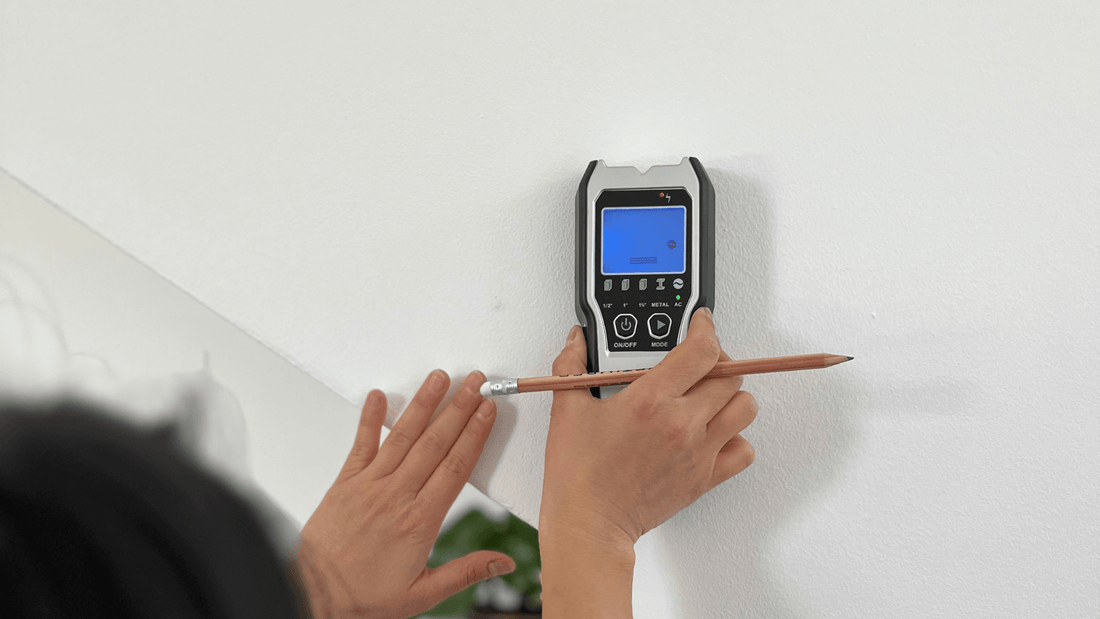Whether you're planning to hang a heavy item on the wall or wondering about the best approach for insulating, it's crucial to determine if you're dealing with a stud wall or a solid wall. In this article, we'll provide you with some simple yet effective methods to identify the type of wall you have, enabling you to proceed with your DIY project confidently.
1. Visual Clues
One of the easiest ways to distinguish between a stud wall and a solid wall is to look for visual clues. A stud wall typically consists of vertical wooden or metal beams (studs) lined up at regular intervals, with spaces in between. These gaps often indicate the presence of wall studs. On the other hand, solid walls feature a uniform surface without visible seams or gaps, suggesting a single, continuous structure.
2. Knocking Sound Test
The sound produced when you knock on a wall can also provide valuable information about its composition. Before conducting the knocking sound test, make sure the area is clear of any objects or furniture that might obstruct the sound. Now, gently tap different parts of the wall with your knuckles or the handle of a screwdriver. Listen closely to the sound produced. - A hollow or less dense sound usually indicates a stud wall. The sound will be louder, echoing, and less solid. - A solid and denser sound is most likely a clue that you're dealing with a solid wall. The sound will be less resonant and more solid. Keep in mind that this method may not be 100% accurate, as some stud walls may have insulation or be filled with non-solid materials that can alter the sound produced.
3. Electrical Outlets & Switches
Another helpful indicator is the location of electrical outlets and switches on the wall. Stud walls typically have electrical boxes attached to the studs themselves. If your wall features outlets or switches that are recessed, it's a strong indication that you have a stud wall. However, it's important to note that modern construction methods may involve running electrical wires through solid walls, especially in newer buildings, which can make this method less reliable.
4. Magnetic Detection
By using a magnet, you can determine if your wall contains metal, which is usually indicative of a stud wall. Move a strong magnet across the wall's surface, starting from a known area where there are studs, such as an electrical switch or outlet. If the magnet is attracted to the wall, you likely have a stud, but if it doesn't, it's more likely a solid wall. However, this method is not foolproof, as some solid walls may have metal components in their construction, resulting in a false positive.
Knowing whether you have a stud wall or a solid wall is crucial for various DIY projects. By employing these simple methods – observing visual clues, conducting the knocking sound test, checking electrical outlets, and using magnetic detection – you'll be able to determine the type of wall you're dealing with and proceed confidently with your projects, whether it's hanging shelves, installing a TV mount, or insulating for better energy efficiency. Remember, when in doubt, consider consulting a professional to ensure accuracy and safety in your DIY endeavors.








